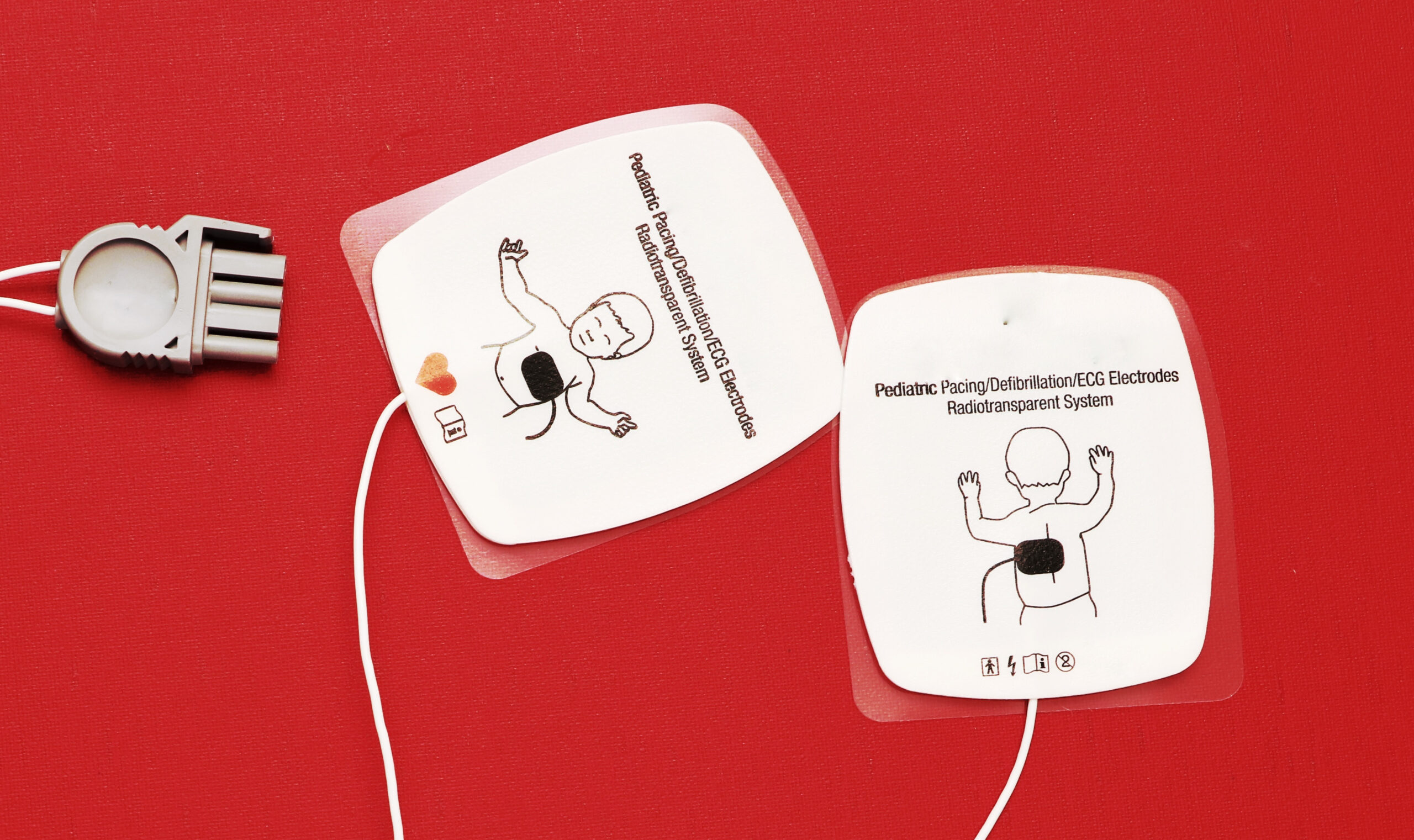Chapter Progress
0% Complete
Get BLS Certified Today
Using the AED
AED use involves the following steps:
- When an AED is available, the rescuer opens the case and turns on the machine. Once the device is on, the AED will guide rescuers through the next steps.
- The rescuer removes the child’s shirt to expose the chest and dries it if it is wet.
- The pads and AED case should be inspected to determine if pediatric pads are available. If so, they should be used for children younger than 8 years old.
- Rescuers open the AED pads and remove the backing.
- The AED pads are applied to the chest in the positions recommended on the AED case. For small children and infants, one is usually applied to the chest and one to the back.
- The wires are then attached to the AED. Many AEDs have wires already connected to the AED.
- If there is a pediatric setting on the AED, it should be switched to that setting. If there is not a setting for children, the rescuer continues to the next steps.
- CPR is paused to allow the AED to analyze the rhythm. No one should touch the child during this time.
- If the AED advises checking the electrodes, rescuers confirm that the pads make good contact with the skin.
- If the AED advises a shock, the rescuer calls out for everyone to clear the patient and ensures no one is touching the child before pressing the shock button.
- CPR is immediately resumed for 2 minutes. After 2 minutes of high-quality CPR, the AED will advise the rescuer(s) to stop CPR and repeat steps 8 through 11.

Pediatric AED Pads